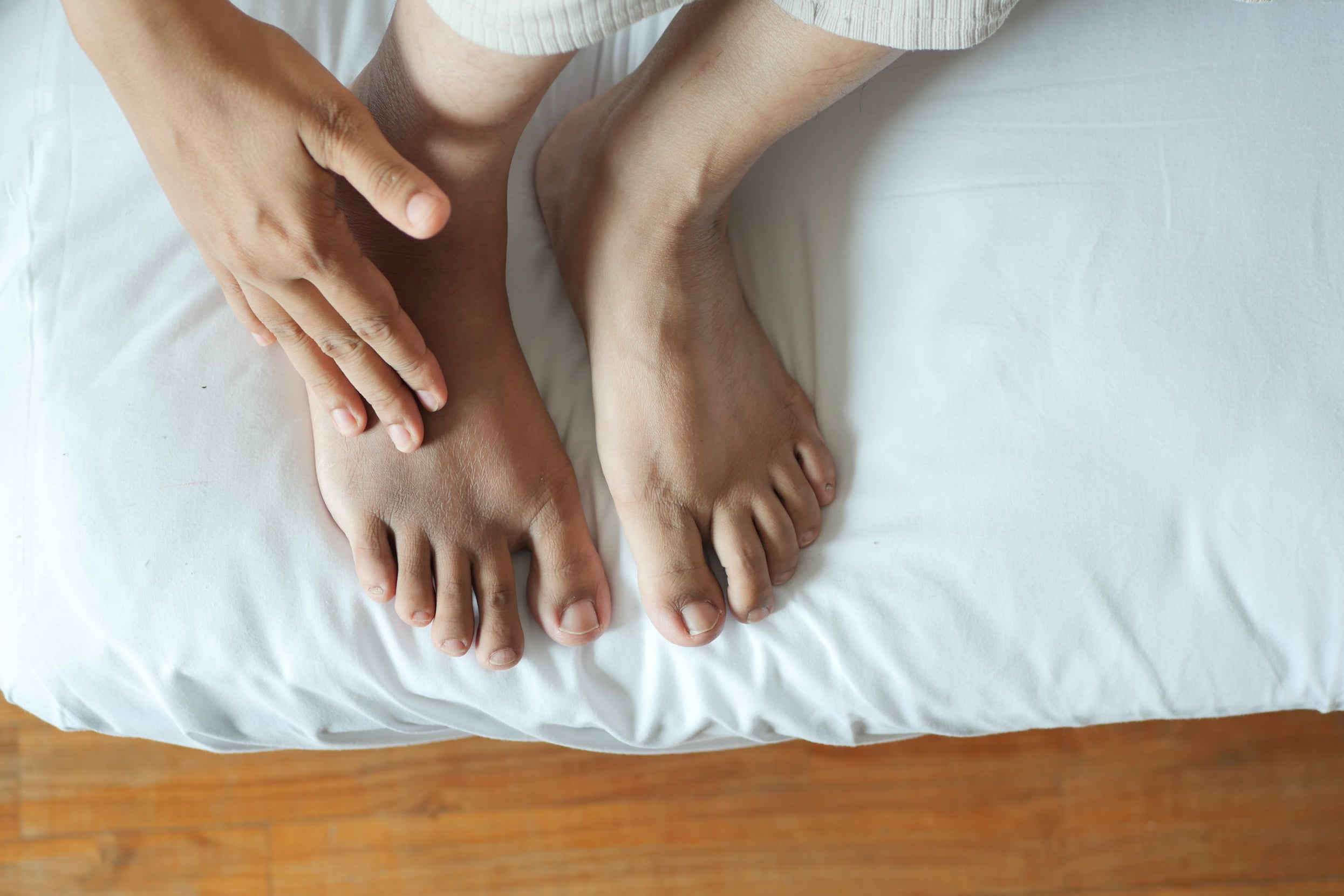Introduction: Did you know that over 100 million adults in the United States have diabetes or pre-diabetes? Diabetes is a chronic condition that affects how our bodies process sugar. But here's something exciting: light therapy, using special red and near-infrared light, could be a fantastic treatment option for diabetes and its complications. In this article, we'll dive into the world of light therapy and discover how it can help our bodies heal from the inside out.
Understanding Light Therapy: Light therapy, also known as low-level light therapy or photobiomodulation, uses powerful LED bulbs to shine red and near-infrared light on our skin. These lights have different wavelengths measured in nanometers (nm). The red wavelengths (630nm to 660nm) and near-infrared wavelengths (810nm to 850nm) have shown the most benefits for diabetes treatment[^1^].
Benefits of Light Therapy for Diabetes:
-
Improved Blood Flow: Light therapy can increase blood flow by stimulating the formation of tiny capillaries. This is particularly helpful for diabetic foot ulcers, a common complication of diabetes that affects the feet[^2^].
-
Increased Cellular Energy: Diabetes can affect the energy production in our cells. Light therapy helps by boosting the production of adenosine triphosphate (ATP), a molecule that provides energy to our cells. This promotes better cellular functioning and repair[^3^].
-
Restored Nerve Function: Loss of sensation in the feet is a common problem for people with diabetes. Light therapy can help regenerate damaged nerve cells and reduce neuropathic pain, improving overall nerve functioning[^4^].
-
Enhanced Collagen Production: Diabetes can cause skin problems like dryness, cracking, and abnormal callus growth. Light therapy stimulates collagen production, promoting the growth of healthy skin and supporting wound healing[^5^].
-
Reduced Inflammation: Light therapy acts as an antioxidant and reduces inflammation, which is beneficial for faster wound healing and preventing complications[^6^].
-
Strengthened Immune System: Light therapy supports the production of stem cells, which are essential for a healthy immune system. It also helps balance the thyroid and supports liver regeneration, contributing to overall immune system health[^7^][^8^].
Consistency and Results: Light therapy is not a quick fix but rather a treatment that requires consistency. While you might feel some relief after a single session, the best results come with regular treatments over time. Several sessions per week can help manage diabetic complications and keep the disease in remission.
Conclusion: Light therapy, using red and near-infrared light, offers exciting possibilities for managing diabetes and its complications. From improving blood flow and cellular energy to restoring nerve function and enhancing skin health, this non-invasive treatment shows promise. As researchers continue to explore the benefits of light therapy, it may become a valuable addition to diabetes management strategies, providing new hope for a healthier future.
Remember, it's always important to consult with a healthcare professional before considering any new treatment options.
References:
- - American Diabetes Association. (2020). Diabetes Statistics. [Link]
- - Hamblin, M. R. (2016). Shining light on the head: Photobiomodulation for brain disorders. BBA Clinical, 6, 113–124. [Link]
- - Ferraresi, C., et al. (2015). Low-level laser (light) therapy increases mitochondrial membrane potential and ATP synthesis in C2C12 myotubes with a peak response at 3-6 h. Photochemistry and Photobiology, 91(2), 411-416. [Link]
- - Schindl, A., et al. (2001). Low-intensity laser therapy: A review. Journal of Investigative Medicine, 49(5), 312-326. [Link]
- - Al-Watban, F. A. H. (2012). Comparative study of the effects of different doses of low power laser on the rate of healing of cutaneous wounds in diabetic and non-diabetic mice. Journal of the Islamic Medical Association of North America, 44(1), 47-54. [Link](https://www.ncbi.nlm.nih.gov/pmc/articles/PMC3306501/)
- - Avci, P., et al. (2013). Low-level laser (light) therapy (LLLT) in skin: Stimulating, healing, restoring. Seminars in Cutaneous Medicine and Surgery, 32(1), 41-52. [Link]
- - Tuby, H., & Maltz, L. (2013). Implantation of low-level laser irradiated mesenchymal stem cells into the infarcted rat heart is associated with reduction in infarct size and enhanced angiogenesis. Photomedicine and Laser Surgery, 31(10), 487-493. [Link]
- - Cui, X., et al. (2016). Low-level laser therapy for tinnitus: A systematic review and meta-analysis. PLoS One, 11(4), e015
This blog is for educational and entertainment purposes only. It is not intended to be used for medical diagnosis, treatment or prevention of any disease, illness or health issue.


